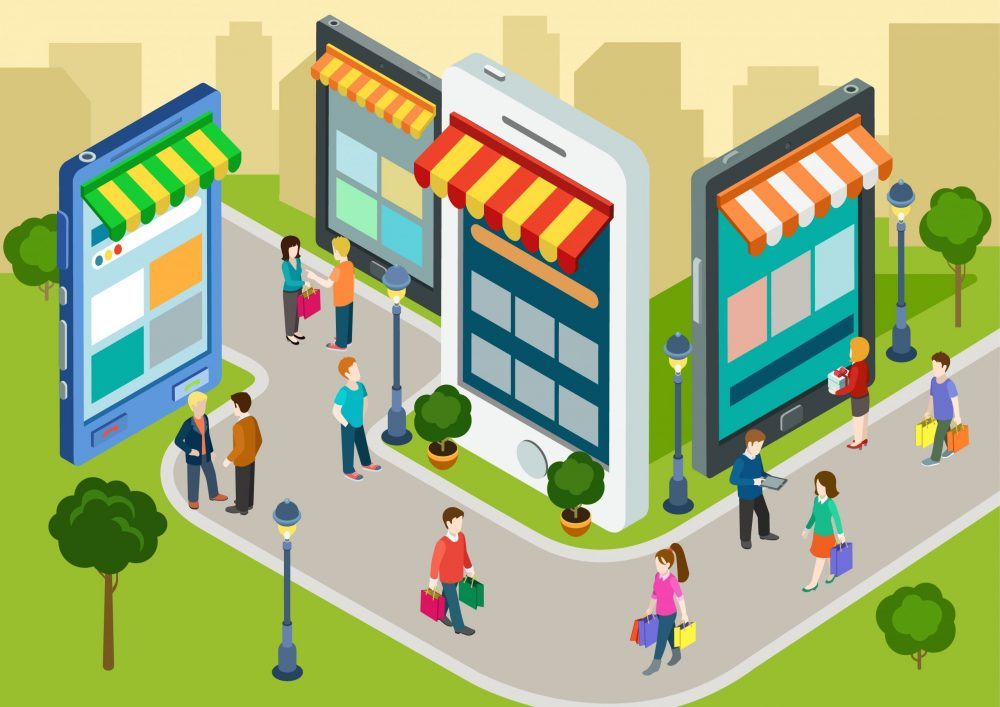It looks like we’re settling into the new reality. Many countries around the world are slowly easing restrictions and introducing people to a new normal- socially, work-wise, education, and throughout all lifestyle practices.
However, the trauma from this experience still lingers in the air. Although we have moved on from extreme social distancing to minor restrictions like limited foot traffic in stores, or take-away restaurants only, consumers are still wary. And while physical entertainment (shopping, eating out, concerts, movies, sporting events) is a large part of our lifestyle when it’s restricted, it’s just not as fun, and consumers and governments aren’t ready to move forward so fast.
So for every business that serves consumers, the impact is intense. Stores are experiencing a dramatic decrease in foot traffic compared to Pre-COVID. With revenue shrinking and fixed costs remaining almost the same, brands are scattering to find the right solution to keep consumers happy and willing to buy.
The solution has been all over the news and earning calls this past week. Its delivering on the last mile of customer fulfillment. Whether its same-day, next-day, 2-hour delivery or click ‘n’ collect and curbside, last-mile delivery has become a lifeline for many businesses omnichannel survival strategy.
So while Big Box retailers aim to perfect these delivery and fulfillment models to ensure the customer experience, its operations are a complex problem to solve with many variables to orchestrate in real-time. This delivery orchestration is a data problem, a science that must in real-time analyze and continually optimize data across customers, orders, inventory, fulfillment, delivery fleets, and drivers. It sounds like a lot, and it is.
These are challenging times. And as many businesses struggle to survive, figuring out how to efficiently manage omnichannel or unified commerce will be the deciding factor in how well you’re able to weather the storm. That’s why retailers must now looking for a singular solution that can orchestrate their delivery and fulfillment regardless of logistics model, teams, fleets, sites, etc.
The bottom line, brands need one platform that can orchestrate their many customer fulfillment and logistics requirements efficiently (without breaking the bank) while delivering the innovation to meet new requirements.
This is why, when our customers decided that now is the time to implement curbside pickup for on-demand and planned delivery, we were there ready to help. And when they wanted to use curb-side for their third party fleet pickups, we were there again. And, when they decided that they were taking a multi-fleet approach but couldn’t handle the different technologies that come with each fleet, we were there.
We were there because we are the only unified commerce delivery and fulfillment solution, helping businesses optimize multiple customer fulfillment models within one management interface. This is how we help our customers streamline, optimize, and increase business, even in times of rapid change and uncertainty.



